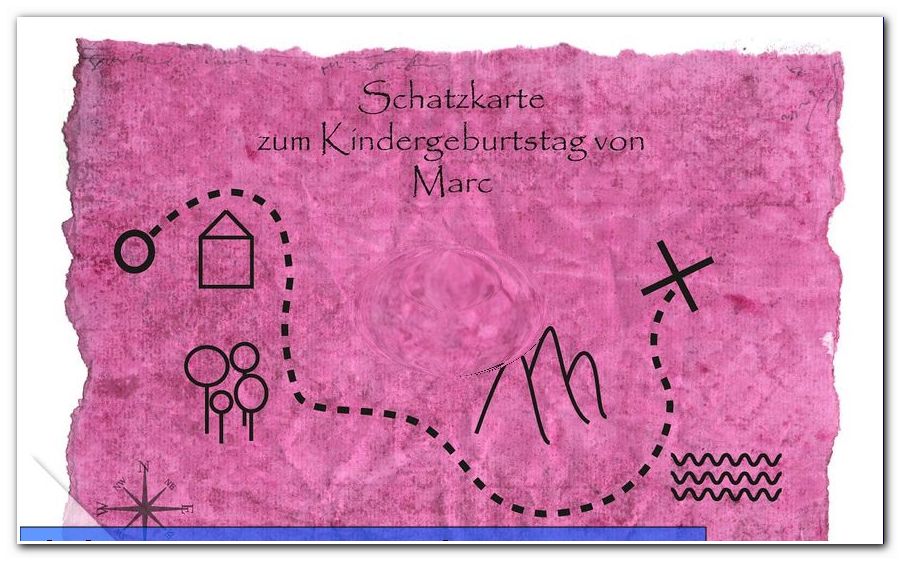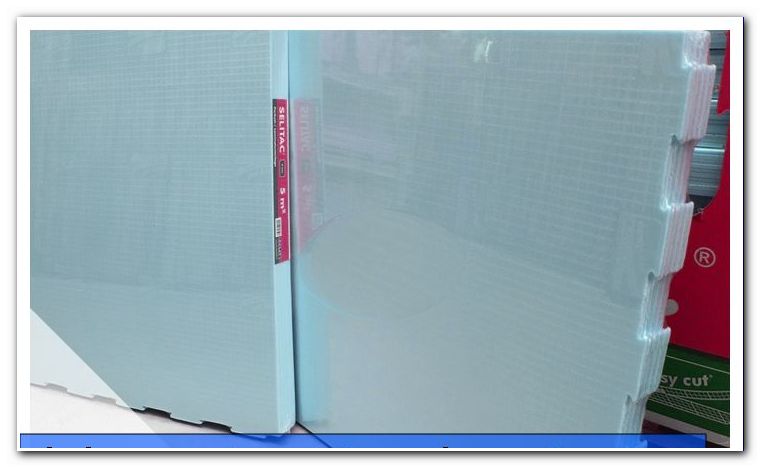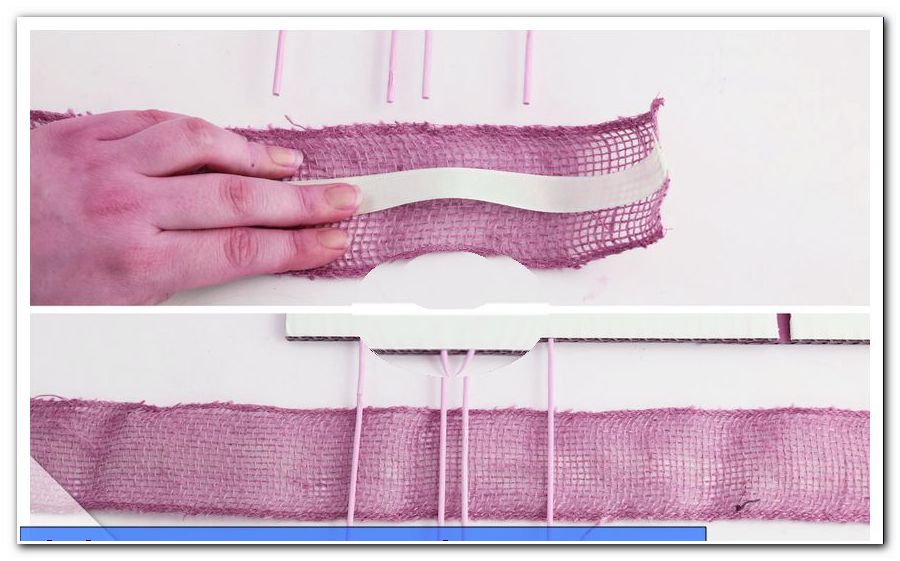Remove the gel nails yourself - instructions in 7 steps

- Material and preparation
- Time spent removing gel nails
- Costs and prices
- Instructions - Remove gel nails
- 1. Disinfecting the hands
- 2. Remove nail polish
- 3. Remove cuticle
- 4. Apply coarse file
- 5. Use fine file
- 6. Polishing
- 7. Care for the nails
The stable gel nails usually last very long, that is, they theoretically need to hold until they grow out or are renewed. As far as the gray theory, because not only the nails do not last forever, but the taste also changes with time. Then the gel nails have to be removed. How do we show you here? Unfortunately, removing nails yourself takes time. Unfortunately, unlike most paints or glued-on nails, the hard gel has to be filed down. It is therefore important to acquire good quality files in different grain sizes. Depending on whether you want to completely remove the gel and return to your natural nails, you actually need at least half an hour to completely remove the gel nail. We will show you what to look out for so that you do not damage the nail bed and nail during this action. The more time you give yourself to take care of the nails and the nail bed in between, the better and healthier the result will be.
Material and preparation
You need this:
- file set
- Nagelfräser
- polishing Files
- Cuticle sticks
- brush
- nail polish remover
- disinfectant
- hand cream
- nail oil
- Wraps / Cell Towels
- kitchen roll
Time spent removing gel nails
We wanted to give you an approximate time to remove the gel nails. The duration depends primarily on whether you work with an electric router or grinder or if you need to file by hand. If you are filing by hand mechanically, you will inevitably need much longer, but in many cases you will also work much more gently on your nails.

Tip: If the gel nail has already grown out a bit and the natural nail behind it comes to the fore, we especially recommend beginners to file the gel mechanically. If you slip off with the electric cutter and land on the natural nail, you will immediately cause extreme damage. In the worst case, cut a hole or notch in the natural nail.
Remember, if you want to outgrow the gel nails, you will have to wait about three months. There is an hour but a good alternative, especially if you have then again naturally beautiful nails that do not feel like a foreign body.
Costs and prices
If you never want to wear gel nails again and only file the existing gel nails once, the files do not have to last long. Nevertheless, the quality should not be too bad, otherwise the nail will be damaged. Above all, metal files are of course completely taboo. The nail would heat up while filing and burn something downright. Worse still, the file fuses with the gel.
Tip: As nail oil, you can also use a good oil from the kitchen. Coconut oil or almond oil is very well suited for nails and nail beds. But do not take oil that you can not even smell, because eventually your fingers will smell for a while. Beware of walnut oil, this could color the nails a little darker.

- Nailer with different attachments - complete set from about 50, 00 Euro
- Ceramic file - from about 20, 00 Euro
- Glass File - from about 15, 00 Euro
- File Sandblatt / Buffer - available in different grain sizes and shapes - from about 1.50 euros
Tip: Whether nail cutters as a complete set or good nail files, it is of course always cheaper somewhere. But with the nail cutters, the old saying that anyone who buys cheap buys twice. The device should last for a while. In addition, there must be matching grinding and milling attachments later. Otherwise, you may have to throw it away because there are no more attachments left.
Instructions - Remove gel nails
Again and again you hear from ignorant sadists that you should simply tear off the gel nail. This may work with glued-on nails, but with a real gel nail you will also at least partially tear the nail out of it. That falls into the category of torture!
1. Disinfecting the hands
In a good nail salon not only the tools, but also your and the hands of the operation are disinfected. You should do this especially when filing the gel nails. This relatively rough treatment can otherwise easily penetrate bacteria into the nail bed. Use a simple, normal disinfectant spray for the hands.

Tip: It is ideal if you repeat this point a second time after wiping the nail polish. How to effectively prevent infections.
2. Remove nail polish
The old nail polish is best removed as normal with nail polish remover and cotton or kitchen roll, whichever suits you better. Do not try to soak the gel with the nail polish remover until it is tender. The harder it can often be removed later with the file.
Tip: The nail polish sets the files fast, so it is better to remove them with a proper remover. Of course, if you have a surplus of files or you just do not have a nail polish remover in the house, the paint can also be filed down.
3. Remove cuticle
When the paint is off, you should push the cuticle back a little and carefully remove excess excess a little. Now disinfect your nails again, here you can not be too careful.

Tip: Many nail specialists recommend applying a little nail oil or a comparable good oil to the cuticle and the exposed part of the nails. Others think you should apply fat cream on the skin around the nail. If you massage in the oil lightly, the nail is already a little armed against the coming mechanical attacks. Whatever method you prefer, it's entirely up to you, because both make sense.
4. Apply coarse file
The first thick elevation above the actual nail can be filed relatively quickly with a coarse-grained file. All you have to do is make sure that you do not scour the skin all around. Of course, you should not go for the natural nail either.
Tip: Do not file a nail completely and then the next, but always a little on each nail. So every single nail can cool down again and again and will not be damaged.
5. Use fine file
When most of the gel is filed down, go over to a fine file. In between, the dust should always be swept off with a brush to see if you have already arrived on the natural nail. However, many specialists recommend leaving the gel on the nail for a while and allowing it to grow out quite naturally.
Tip: If you are paying attention, you will also notice the resulting sanding dust, whether you are working on the natural nail or on the gel. The gel dusted much stronger than your own nail.
6. Polishing
If you have actually removed all the gel except for the natural nail, the nail is inevitably roughened a bit. Therefore, the nail is smoothed again with a polishing file or a polishing buffer. At the same time this prevents the penetration of bacteria or dirt. A simple polish even prevents discoloration of fruit or vegetables at the same time, if you work a lot in the kitchen.
Video tutorial for removing gel nails
7. Care for the nails
Both the nail bed and the nail now need a lot of attention. Do not just massage oil into your nails and nailbed right after the ordeal, but over and over again in the days that follow. You will find that after a while you will not miss the sturdy gel nails if the nails are well cared for.

Tip: In the first time, after removing the gel nails, the natural nails will be very soft and sensitive. This is partly due to the heavy filing, but sometimes it's just a matter of habit, since you could almost dig up the garden with your nails first, they were so hard. So do not be afraid to wear rubber gloves for a while while washing and cleaning.

Tips for quick readers:
- Shop high-quality files
- never tear off gel nails
- Disinfect hands and nails
- Remove nail polish before filing
- Push cuticle back
- disinfect again
- with coarse file remove the strongest gel areas
- possibly leave a very thin layer of gel
- fine filing up to the natural nail
- Caution - File the nail as little as possible
- Seal natural nail with a polishing file
- Maintain nails after treatment
- Massage nail oil / coconut oil into the nail bed
- Attention: Natural nails are now soft and sensitive




